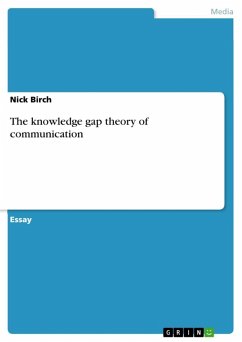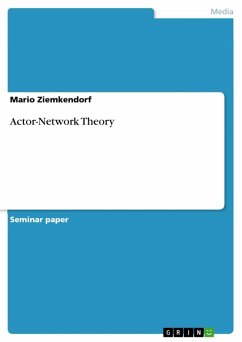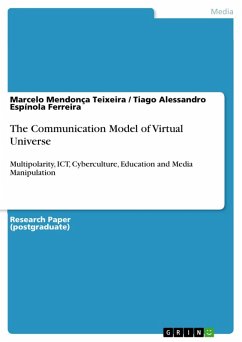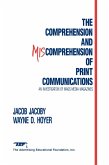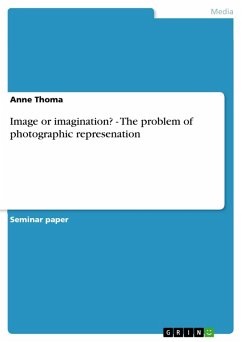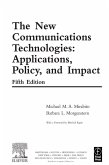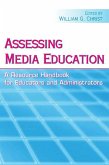Essay from the year 2013 in the subject Communications - Theories, Models, Terms and Definitions, grade: 1.3, Central Queensland University, course: Applied Communication Arts, language: English, abstract: The Knowledge Gap Theory of Communication is primarily concerned with the unequal distribution of information throughout society and the correlating access to knowledge pertaining to socioeconomic status. The Knowledge Gap Hypothesis was first proposed in 1970 by three University of Minnesota researchers: Phillip J. Tichenor, then Associate Professor of Journalism and Mass Communication, George A. Donohue, Professor of Sociology, and Clarice N. Olien, Instructor in Sociology (Yoo Ri & Southwell, N/A). The hypothesis explains that there is a resulting divide between people of lower and higher socioeconomic status 'as the infusion of mass media information into a social system increases, higher socioeconomic-status segments tend to acquire this information faster than lower socioeconomic-status population segments so that the gap in knowledge between the two tends to increase rather than decrease' (Tichenor, Donohue, and Olien, 1970, p159-160). The resulting speed at which people are able to access tradition mass-media compared to modern systems may be surprisingly congruent when underlying education is taken into consideration.
Dieser Download kann aus rechtlichen Gründen nur mit Rechnungsadresse in A, B, BG, CY, CZ, D, DK, EW, E, FIN, F, GR, HR, H, IRL, I, LT, L, LR, M, NL, PL, P, R, S, SLO, SK ausgeliefert werden.

